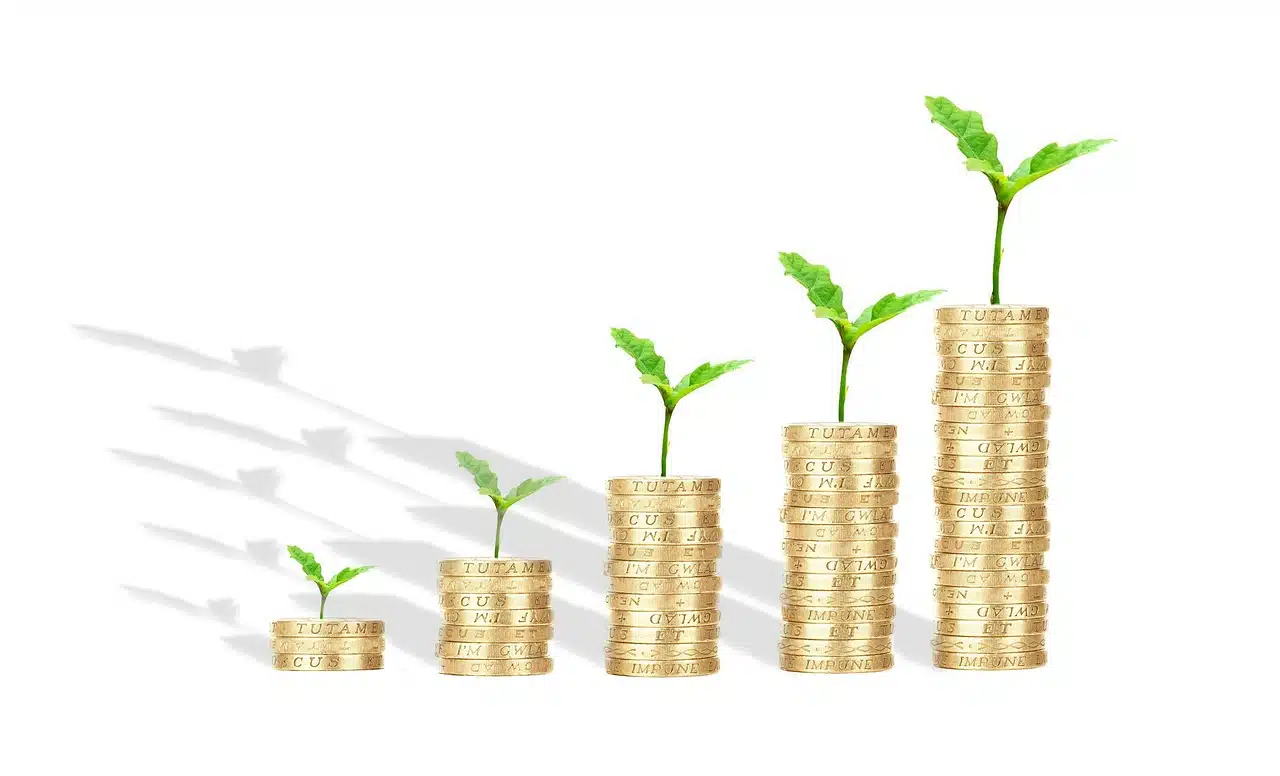
With compound interest, the interest from each period is reinvested.
Compound interest is the benefit (or cost) of principal at an interest rate over a certain period of time, in which the interest earned at the end of each period is not withdrawn but added to the principal. Therefore, the interest is reinvested .
On the other hand, with simple interest , the interest produced by the principal in a certain period is not accumulated to generate the interest that corresponds to the next period. Therefore, unlike compound interest, the simple interest produced by the invested capital will be the same in all periods as long as the investment lasts and the rate and term remain unchanged.
An index expressed as a percentage
Interest is a concept that comes from the Latin interesse ( "to import" ). In its economic or financial acceptance, it refers to the gain , value , benefit or usefulness of something. In the same sense, it is the profit that is produced through capital .
In practice, interest appears as an index expressed as a percentage . This index allows you to estimate the cost of a loan ( "They granted me a mortgage loan with a fixed annual interest of 20%" ) or the profitability of savings ( "My savings account provides a monthly interest of 0.25%" ).
Interest, therefore, indicates how much money is obtained or must be paid in a certain period of time. A loan of 10,000 dollars with an annual interest of 10% implies that the person must return 11,000 dollars after said term. Similarly, a fixed term of 5,000 pesos for one year, with an annual interest of 5%, will provide a benefit of 250 pesos.
It is important to note that this is a fundamental concept if you want to know in depth how checking accounts and deposits work.

Compound interest generates a money multiplier effect.
The Multiplier Effect of Compound Interest
To understand it better, it can be said that a compound interest exists when the multiplier effect of money takes place, that is, when the various interests produce some profit. This occurs, for example, in current accounts, where the interest is deposited in the same account where we have the capital.
To exemplify this explanation, suppose that we have 1,000 euros in an account that gives us 10% annually and we charge said interest once a year. After two years we will not have 1,200 euros but 1,210 since at the end of the first year we will accumulate 110 euros of interest, which will be added to our capital to leave 1,210 euros at our disposal.
How to calculate
It is important to note that, contrary to popular belief, compound interest is not calculated by multiplying the initial principal by the interest rate and the number of calculation periods, but is a little more complicated. It involves multiplying the current capital derived from the initial capital (C) by each of the interests for each period. The account could turn out like this:
C1 = C * (1 + i)
C2 = C1 * (1 + i) = C * (1 + i) * (1 + i) = C * (1 + i)^2
…
Cn = C * (1 + i)^n
If we return to the previous example we can show that according to the initial capital we had and the various accumulated interests, the account would be: C2 = 1000 * (1 + 0.1)^2 = 1000 * 1.1^2 = 1000 * 1.21 = 1210 euros.
Compound interest and contracts
To conclude, we will say that when calculating interest it is important to keep in mind what the conditions were established through the contract .
If in one bank they offer us an annual deposit at 20%, which will be deposited at the end of the deposit and in another one at 19%, but where the interest is paid month by month and is reincorporated into the deposit itself; Clearly with the second we will obtain a greater profit because we will accumulate interest in each period , while with the second the account will only be made once at the end of the service.
